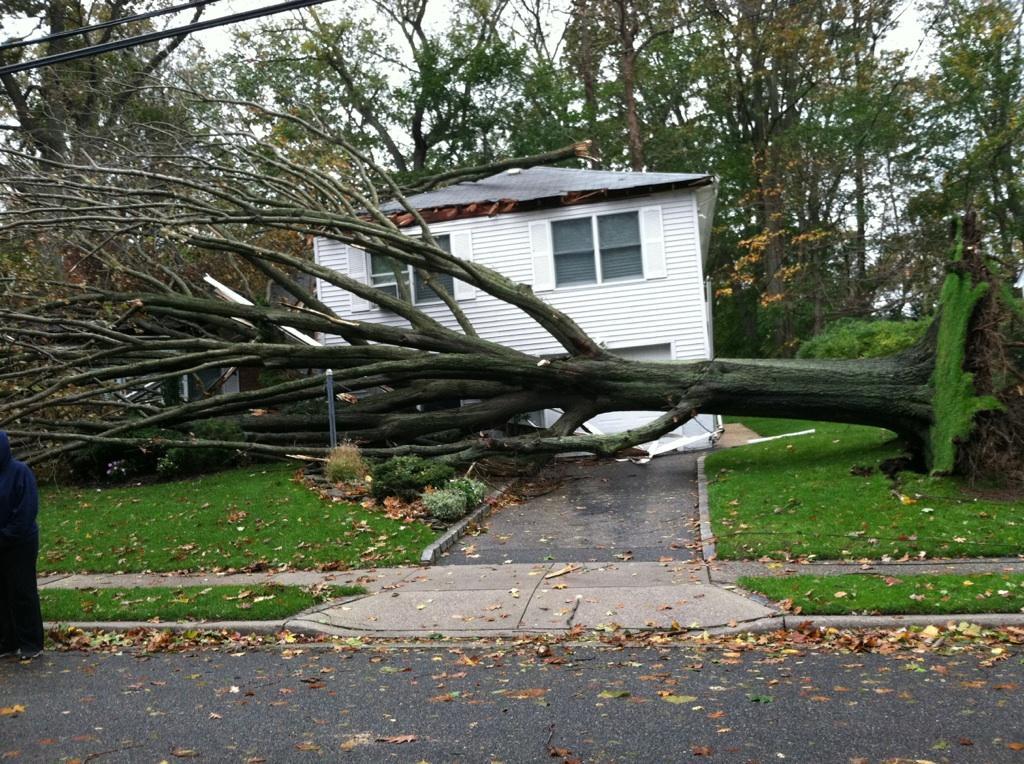With the East Coast just beginning the winter storm season, the most populated area in the United States is still recovering from the destruction and cost of superstorm Sandy.
As of Oct. 29, Sandy had killed 110 people, according to published reports on CNN. The storm hit New Jersey, ripping the Jersey shore to shreds. A veil of debris and garbage covered the coast. Inland towns remain flooded and millions of people are still without power or hot water. Sandy also hit major cities such as New York, causing citywide curfews. Sandy is said to be the worst storm the East Coast has experienced in many years.
Many families were affected by the storm. Not only was Sandy scary, but the damage she left was horrific.
Gabby Schwartz, 15, who lives on New York’s Long Island, said that “the damage was horrendous” and that “the East Coast was a mess.” She predicted that life is not going “to be back to normal for weeks.”
Streets were destroyed and blocked off, making transportation almost impossible. Even worse was the lack of power supplied to gas stations. Schwartz said that her mother “waited in a gas line for six and a half hours.”
“People were not able to get gas for generators, so houses were freezing,” Schwartz said. With temperatures dipping into the 30s, people were left sleeping in the cold.
The story was frequently repeated elsewhere along Sandy’s path. In Milburn, N.J., “We were nervous because trees were falling everywhere,” said Rachel Mesiner, 15. Generators out of gas and freezing houses were the scene in Milburn on the days after Sandy as well.
Marney Kline (’13) and Kyra Bergsund (’13), also experienced superstorm Sandy during their stay at City Term, a program that sends Urban students to spend a semester in New York.
Kline said that although she personally was not affected by the storm, 80 to 100 houses burned down in a neighborhood in Queens, N.Y. While the storm destroyed parts of New York, other areas were left “relatively unscathed,” she said.
Click here to donate to Red Cross relief efforts.


